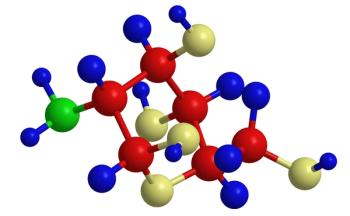
Detecting metal elements in liquid samples cannot be done efficiently by only using LIBS, but when the technique is combined with appropriate membrane materials, rapid analysis of solution samples can be realized.
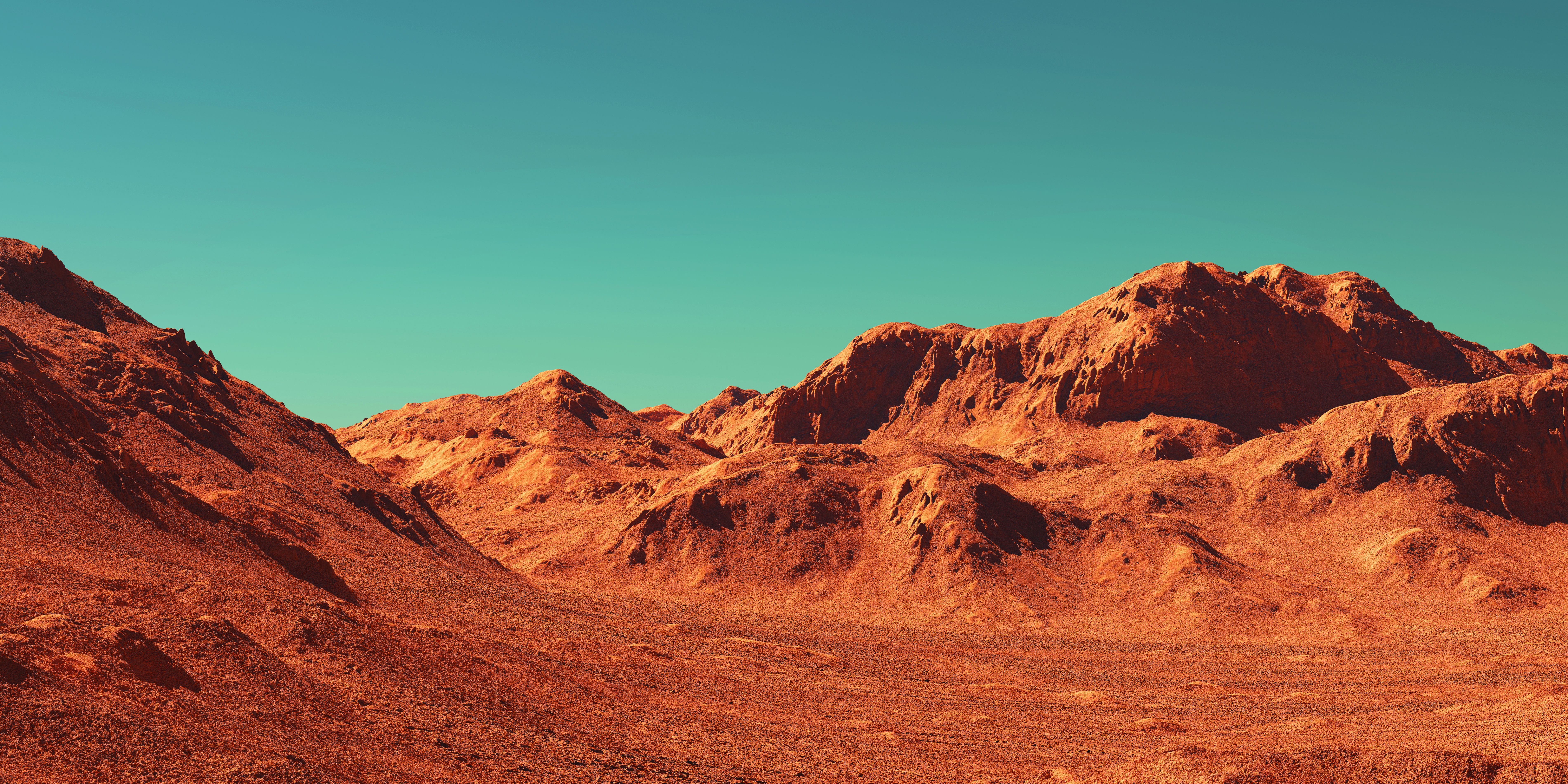

Detecting metal elements in liquid samples cannot be done efficiently by only using LIBS, but when the technique is combined with appropriate membrane materials, rapid analysis of solution samples can be realized.
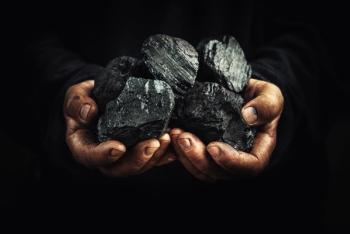
New approach using polarization spectrum fusion enhances the accuracy of laser-induced breakdown spectroscopy for coal analysis, providing improved predictions of ash content, volatile content, and calorific values.
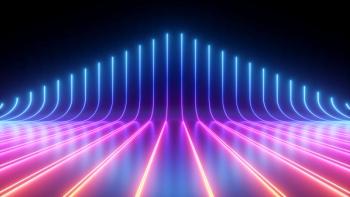
Laser-induced XUV spectroscopy (LIXS) emerges as a promising technique for high-precision analysis in laser-induced breakdown spectroscopy (LIBS), offering improved limits of detection, precision, and the ability to detect trace heterogeneities in materials. By capturing stable plasma emission in the extreme ultraviolet range, LIXS demonstrates its potential for detecting light elements and halogens with a high signal-to-noise ratio, providing researchers with a valuable tool for advanced material analysis.
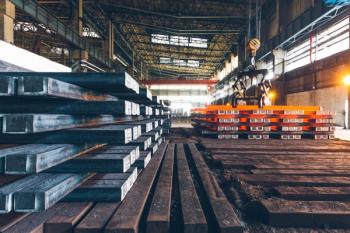
A research team has developed a novel approach using Bessel beam-laser induced breakdown spectroscopy (LIBS) for the classification of uneven steel samples, providing rapid and accurate results. The study highlights the potential of Bessel beam-LIBS as a valuable tool for efficient steel analysis, offering significant applications in the steel industry.
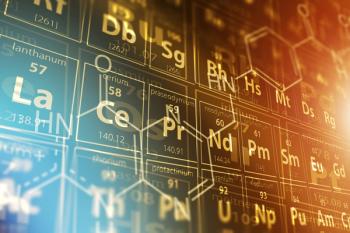
Scientists have investigated elemental fractionation in aerosol laser-induced breakdown spectroscopy (LIBS) using nanosecond and femtosecond laser ablation. Their study focused on analyzing cesium atomic emissions from airborne nanoparticles in a binary particle matrix. The findings shed light on the influence of the particle matrix on elemental fractionation effects and provide insights for improving LIBS analysis in atmospheric radiation plume tracking.
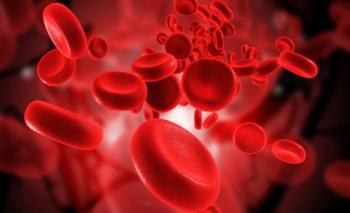
Researchers have developed a rapid and accurate method for identifying inflammation in blood using laser-induced breakdown spectroscopy and advanced chemometric methods.
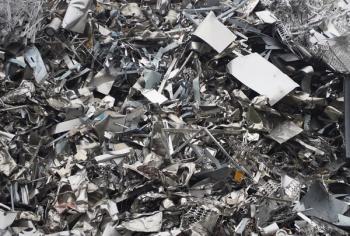
Researchers have demonstrated the power of deep learning regression in revolutionizing quantitative analysis of aluminum scrap using laser-induced breakdown spectroscopy (LIBS), offering a highly accurate and efficient method for metal sorting and recycling.
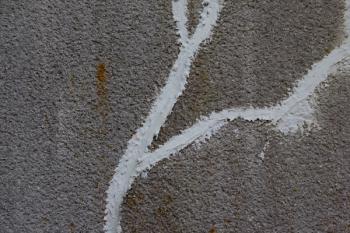
A recent interlaboratory comparison study validates the accuracy and reliability of laser-induced breakdown spectroscopy (LIBS) for quantitative chlorine analysis in cement pastes, highlighting its potential for assessing chloride ingress in concrete structures.
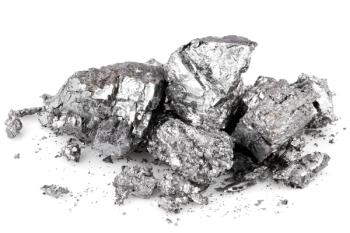
New combined analytical techniques unveiled for accurate beryllium determination using LIBS-MLIBS-MLIF methods show promise.

New research discusses the development of laser-induced XUV spectroscopy (LIXS) as an improvement to laser-induced breakdown spectroscopy (LIBS) for rapid in situ microanalysis of materials, with the ability to determine light elements and halogens with high precision and detection limits.

A study shows that microwave-enhanced laser-induced breakdown spectroscopy (MWE-LIBS) can effectively analyze zirconium metals and oxides in nuclear fuel debris. The study found that microwaves lower the excitation temperature and increase ionization of zirconium, resulting in consistent enhancements in zirconium emissions with a higher signal-to-noise (S/N) ratio across all sample types.
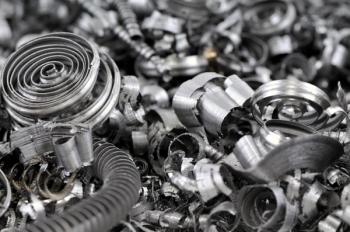
Researchers have proposed a two-step Aug2Tran model that uses transfer learning to build a robust real-time classification model for identifying scrap metal using an augmented training dataset consisting of laser-induced breakdown spectroscopy (LIBS) measurement of standard reference material (SRMs) samples.

New research compares light capturing approaches in LIBS for multichannel spectrometers, highlighting the challenges of shot-to-shot variations in plasma morphology and their effect on calibration-free LIBS.

Scientists have demonstrated LIBS stratigraphy to identify the chemical composition and pigments of small fragments from two oil paintings by Bellini and Brughi, with the results providing important information for conservation and restoration purposes.

A new one-point calibration laser-induced breakdown spectroscopy (LIBS) method was used to quantify mercury in soil in the presence of matrix effects.
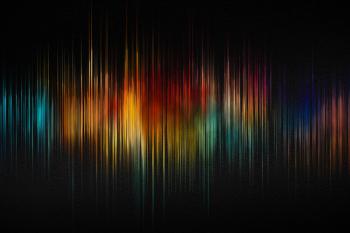
Combining laser-induced breakdown spectroscopy (LIBS) with spectral imaging techniques and photogrammetry offers a new way to create three-dimensional (3D) imaging models.

This study demonstrates the potential of microwave-enhanced LIBS for zirconium ion emission analysis in nuclear debris decommissioning.
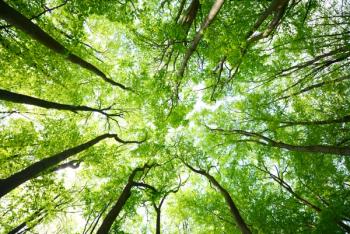
Evaluating different spectral collection strategies for identifying Dalbergia species using handheld LIBS is a significant advancement in the field of wood identification.

A recent study describes the development of a neural network data analysis method to rapidly characterize gallium concentration in plutonium matrices using laser-induced breakdown spectroscopy (LIBS).

Although milk is considered among the most complete and nutrition-rich natural foods, the concentration of vitamins and minerals in milk can vary depending on a variety of circumstances. Stelios Couris of the University of Patras and the Foundation for Research and Technology-Hellas (Patras, Greece) has been studying the inorganic elemental composition of a variety of milk samples using LIBS and spoke to Spectroscopy about this research.

The use of ICP-MS is constantly expanding into an ever-wider variety of applications. We assess the current landscape and where the technique is going in the future.

An artificial neural network was combined with LIBS to provide a rapid and accurate coal-rock recognition method for unmanned coal mining.

In the past 20 years, spectrometers have shrunk dramatically in size, and this shrinking has been achieved with only modest performance reductions in sampling versatility, spectral range, spectral resolution, and signal-to-noise.

Portable X-ray fluorescence was used to analyze the archaeological remains of an Underground Railroad station to gain a clearer understanding of the construction phases it underwent during the 19th century.

The physics and chemistry of the phenomenon have been well known for many years, and this knowledge can tell us how self-absorption can be not only “corrected,” but also tuned to our advantage in analytical applications of LIBS.